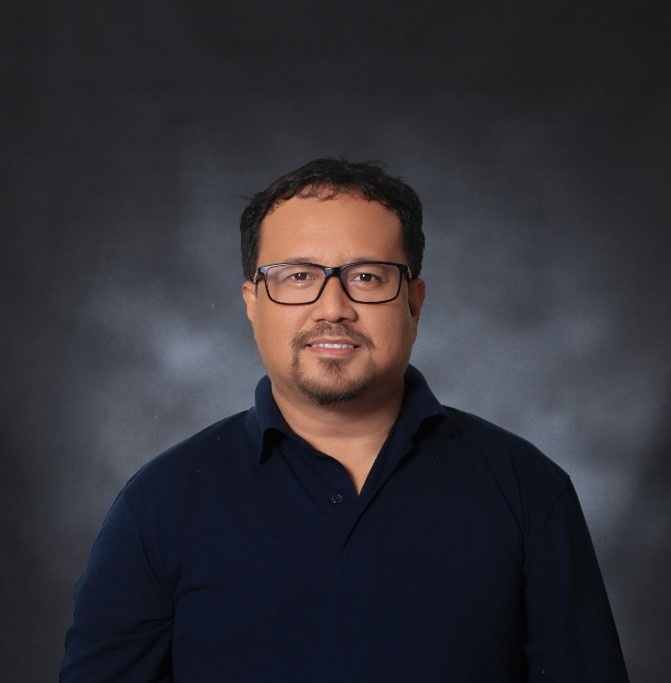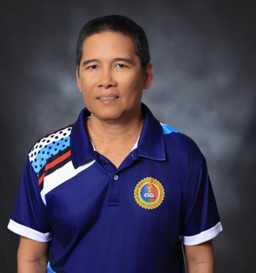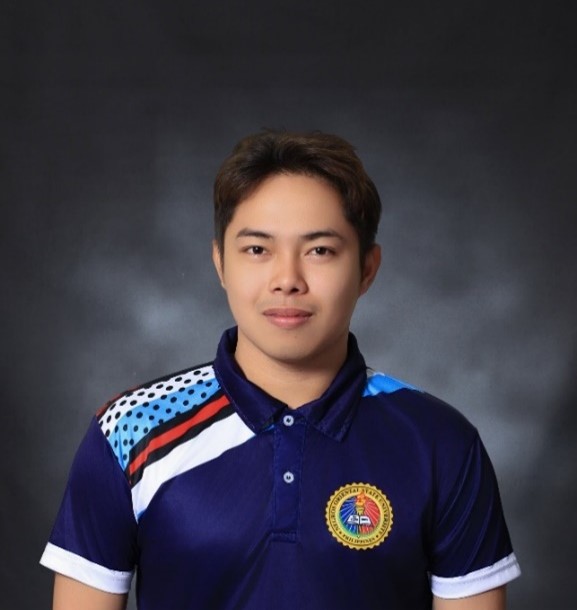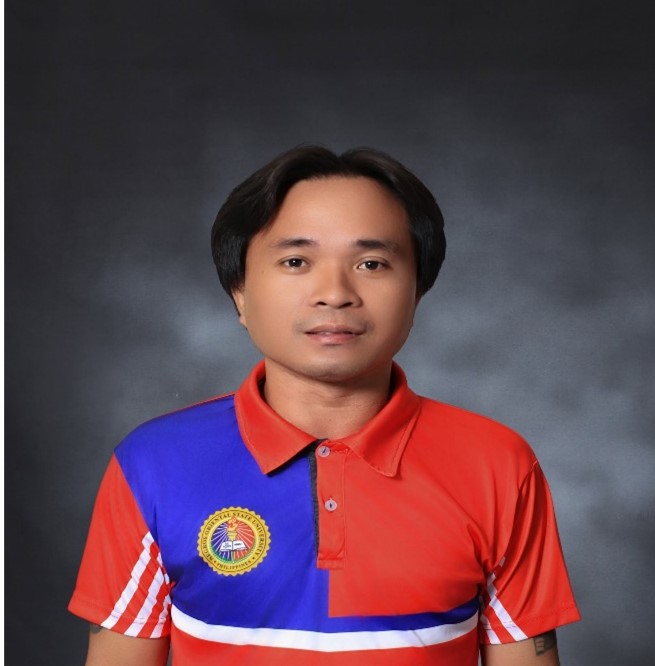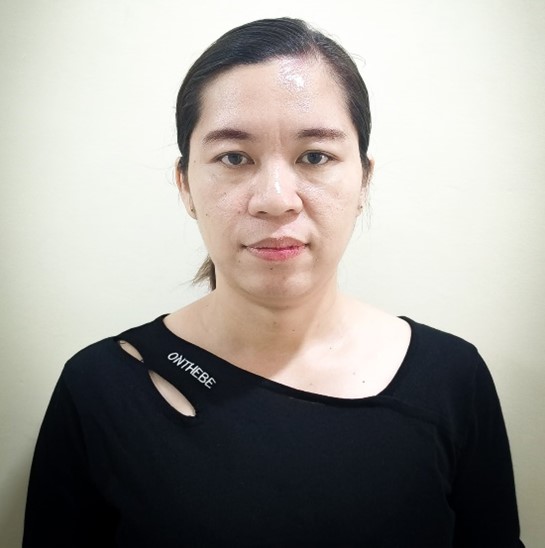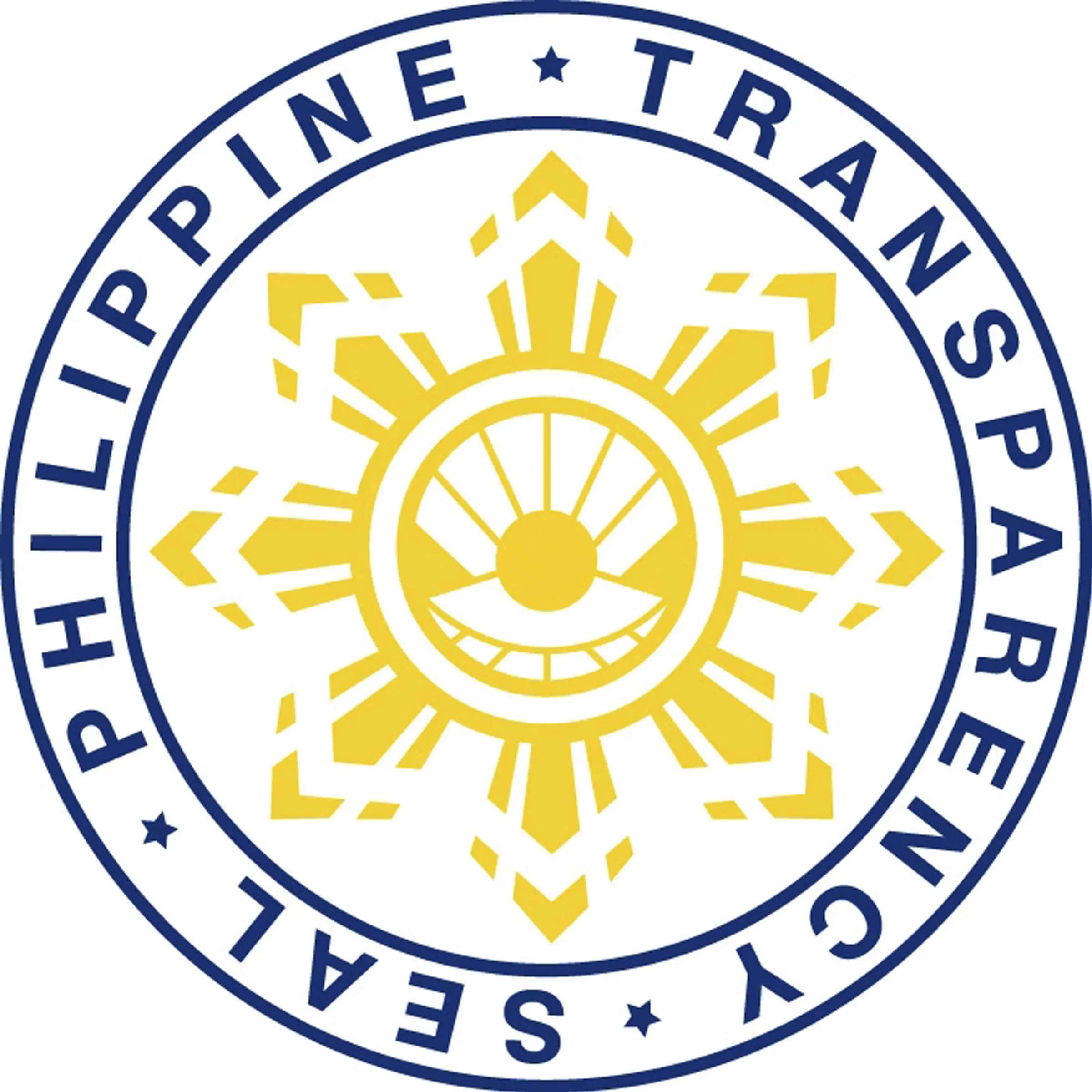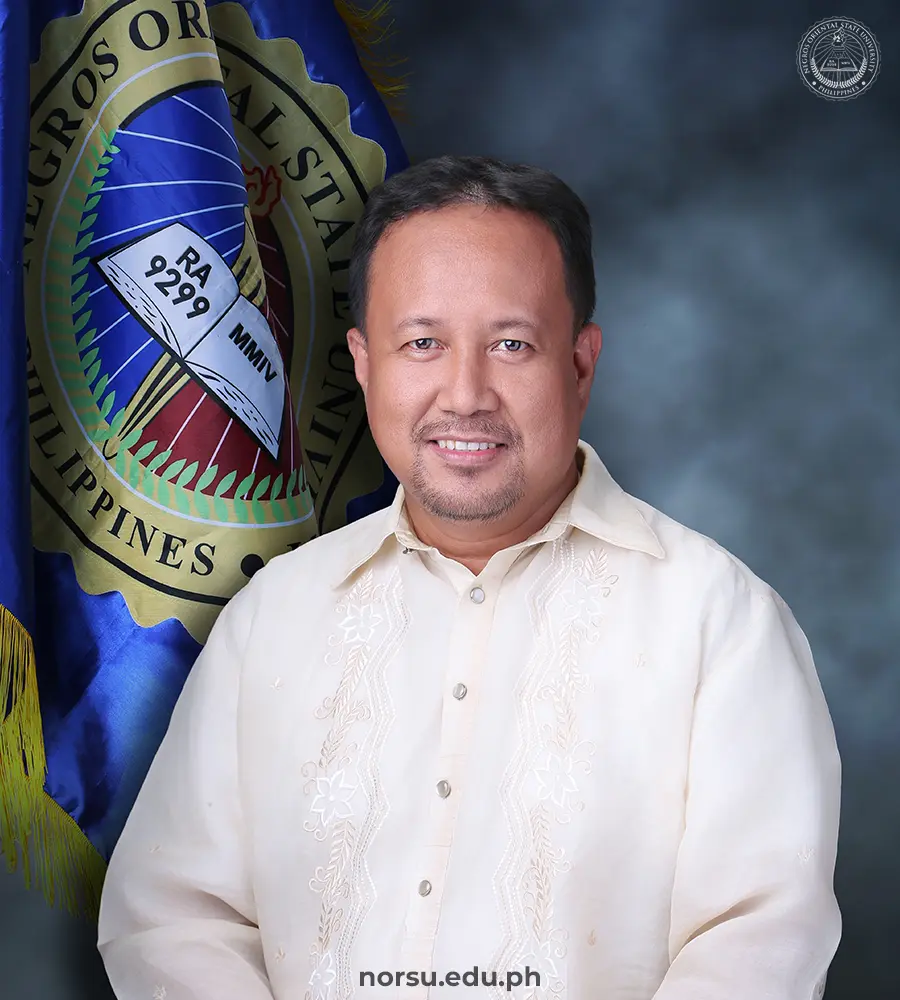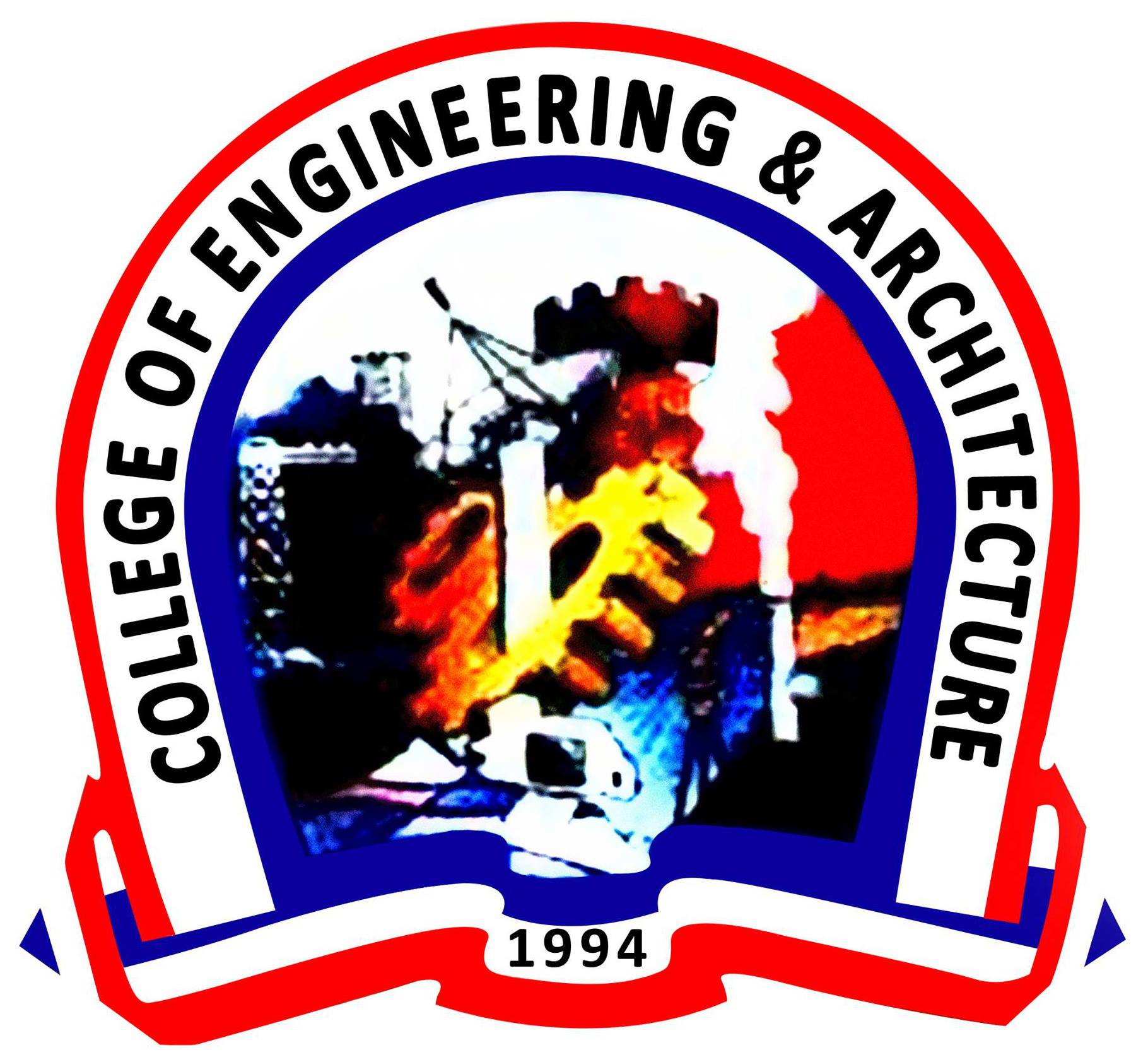
HISTORY OF THE COLLEGE OF ENGINEERING AND ARCHITECTURE
The enactment of Batas Pambansa Bilang 401 on June 10. 1983 converted the East Visayan School of Arts and Trades (EVSAT) to the Central Visayas Polytechnic College (CVPC). The State College was the result of the merger of three (3) government institutions in the province of Negros Oriental namely; the East Visayan School of Arts and trades in Dumaguete City, the Bais School of Fisheries (BSF) in Okiot, Bais City, and the Guihulngan Vocational School (GVS) in the municipality of Guihulngan.
CVPC's mandate included the offering of engineering courses. However. it took quite a while for CVPC to comply with this mandate and it was only during the presidency of Hon. Henny A Sojor, Ph.D., the second CVPC president, that this was realized. Upon assumption into office on August 1, 1991. the president prioritized and initiated ways and means to offer engineering courses in the institution.
By virtue of the CVPC Board of Trustees (BOT) Resolution No. 43, series of 1991, the president was given the legal mandate to offer the following programs; Bachelor of Science in Architecture, Bachelor of Science in Electronics and Communications Engineering, and the Associate in Architecture. The Bachelor of Science in Electronics and Communications Engineering was offered in June 1992 under the Engineering Department of the Technician Education and Engineering Institute (TEEI), the forerunner of the College of Technician Education which was then headed by Dean Ramses Santos. The Department was chaired by Engr. Gonzalo A. Bulaclac Jr. The following year, the Bachelor of Science in Architecture was offered by the Department.
In 1984 the BOT issued Resolution No. 7 allowing the president to offer the following programs; Bachelor of Science in Civil Engineering (BSCE), Bachelor of Science in Electrical Engineering (BSEE), Bachelor of Science in Geothermal Engineering (BSGE), and the Bachelor of Science in Mechanical Engineering (BSME). This essentially paved the way for the establishment of the College of Engineering and Architecture (CEA) in CVPC.
The College was officially instituted in June 1994 with 10 faculty members headed by Engr. Gonzalo A. Bulaclac Jr., its first Dean. Six (6) programs were offered for the school year 1994-1995, including the BSECE and BSArch programs transferred from TEEI. A total of 228 students of which 17.5% percent of the total student population or 40 students were female, enrolled in various degree programs. The total CEA student population included 31 third-year and 22 second-year students in Electronics and Communications Engineering as well as eight (8) second-year students in Architecture.
In June 1995, the Bachelor of Science in Geodetic Engineering (BSGdE) was offered as authorized by BOT Resolution No. 14-a, series of 1995. BOT Resolution No. 7, series of 1994 authorized the operation of the Bachelor of Science in Computer Engineering (BSCOE) program but was offered in June 1997. With the addition of these two (2) degree programs, the College has offered eight (8) degree programs in Architecture and Engineering since the start of school year 1997-1998.
Initially, the College was situated and instructions were held at the third floor of what is presently known as the College of Technician Education building, located at the Institution's main campus at Kagawasan Avenue, Capitol Area, Dumaguete City. With the development of a new campus at Bajumpandan, officially known as Main Campus II, Dumaguete City, the College is now permanently housed at the College of Engineering and Architecture Building since 1998.
The first batch of engineering graduates of the college consisted of 18 students, 17 male and a lone female who have earned and received their Bachelor of Science degree in Electronics and Communications Engineering in March 1997. The following year, four (4) of the pioneering group of Architecture students graduated with the degree Bachelor of Science in Architecture. March 2006, the total number of graduates from the various degree programs of CEA numbered 470.
On June 25, 2004, the Central Visayas Polytechnic College was converted into a state university to be known as the Negros Oriental State University (NORSU ), by virtue of Republic Act No. 9299. The same Act integrated the Genaro Gof Memorial College in the City of Bais, the Siaton Community College in the municipality of Siaton and the Mabinay Institute of Technology in the municipality of Mabinay, all located in the Province of Negros Oriental.
Over the years, the student population has increased markedly. This increase necessitated the hiring of additional qualified teachers as members of the CEA faculty that has since tripled in number. The College caters to graduates from public and private high schools not only in the province of Negros Oriental but also in the neighboring provinces of Cebu, Negros Occidental as well as provinces in northern Mindanao.
The dedication and commitment of the faculty and staff of the College is clearly manifested in the performance of its graduates not only in government licensure examinations but also in their respective workplaces. Such is likewise evident from the satisfaction and approval of partner entities and communities in its research and extension activities and linkages.
The College of Engineering and Architecture continues to uphold the standard of the State University and is deeply committed to its mission of preparing and transforming students to become highly-trained engineers and architects dedicated to the ideals of their profession for the benefit of the community to which they serve or lead. The College remains steadfast to its Vision of being the center of excellence in engineering and architecture in the Visayas and Mindanao.
